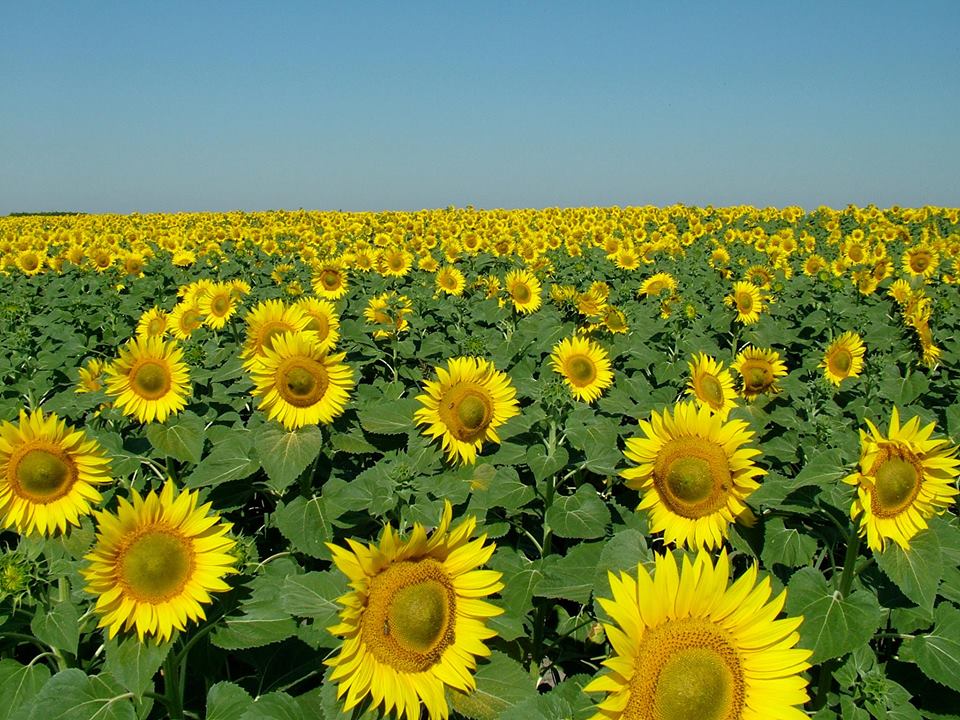Project Overview

The Körös Regional Archaeological Project (KRAP) is a multidisciplinary, collaborative, research project directed by William A. Parkinson (Field Museum and University of Illinois at Chicago) and Attila Gyucha (Field Museum and University of Illinois at Chicago). Richard W. Yerkes (Ohio State University) is field director and co-director of the Körös Regional Archaeological Project Field School.The project brings together an international team of geophysists, geologists, geographers, botanists, and other specialists to understand the various social changes that occurred in the Körös River Valley on the Great Hungarian Plain nearly 6,500 years ago, during the time when metals first began to be extensively exploited in the nearby Balkan and Carpathian mountains. This time period – the transition from the Neolithic to the Copper Age – is a time marked by significant social transformations in the organization of households and settlements throughout the Great Hungarian Plain. Unfortunately, our current anthropological understanding of these social changes has been clouded by a lack of research into settlements dating to these periods. Over the last decade, the Körös Regional Archaeological Project has been conducting systematic research into the organization of Neolithic and Copper Age settlements near the town of Vésztõ in southeastern Hungary. As a result of our research, the economic and political organization of these prehistoric societies gradually is being revealed, allowing us to understand the nature of the changes that characterize the end of the Neolithic in the region. This, in turn, allows us to model the dynamic social processes that occur within ‘tribal’ societies more generally.